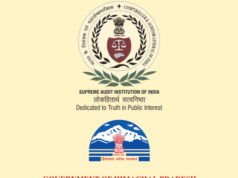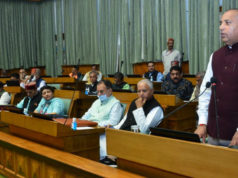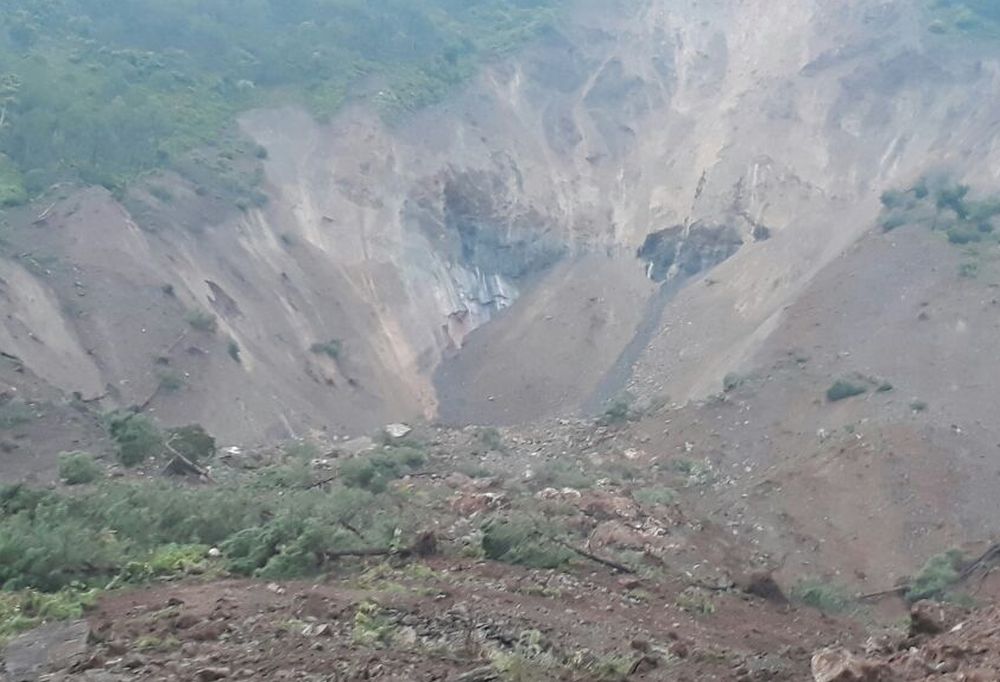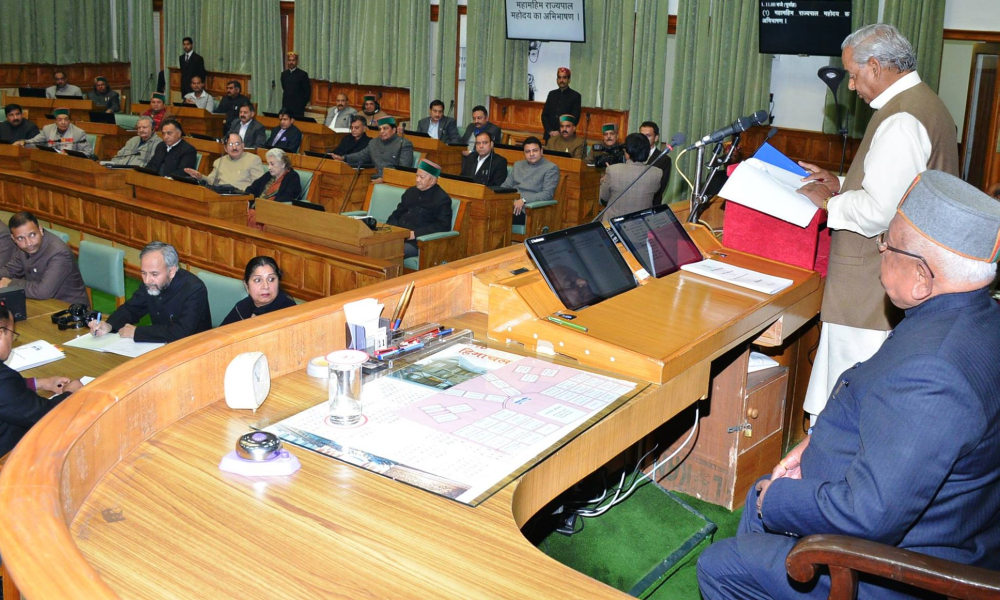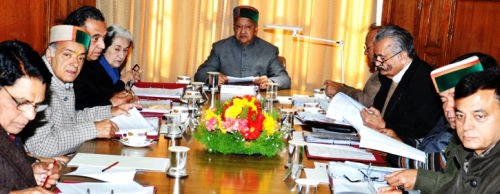11 Sewage Treatment Plants underutilised, affecting the treatment process
Shimla: Malyana and Dhalli Sewage Treatment Plants, responsible for treating sewage before releasing water into the Ashwani Khad, are overstressed. As per the report of CAG, recently tabled in the Vidhan Sabha, Dhalli STP receiving 1.30 MLD sewage against its capacity of 0.76 MLD and Malyana Sewage Treatment Plant is receiving 3.40 MLD sewage against its 2.20 MLD capacity.
Bajuri Sewage Treatment Plant in Hamirpur district is also overstressed as receiving 1.02 MLD sewage against its capacity of 0.68 MLD.
Baring these three STPs, all other treatment plants are underutilised. According to an internal report of the Department, utilisation of STPs should be at least 80 per cent of the designed capacity and low percentage of sewage inflow may adversely affect design assumptions and render the treatment process inadequate. Out of the 24 test-checked STPs in 10 ULBs, it was observed that 11 STPs in six ULBs were functioning at severely underutilised capacities (below 50 per cent).
The capacity utilisation of STPs at Summer Hill (Shimla), Chanderlok and Rampur (Una) was less than 10 per cent. The primary reasons for the underutilised capacity of STPs included: large percentage of unreleased connections, non-connecting of greywater pipes to sewerage network, and slow progress to address issues of leakages within the sewerage network.
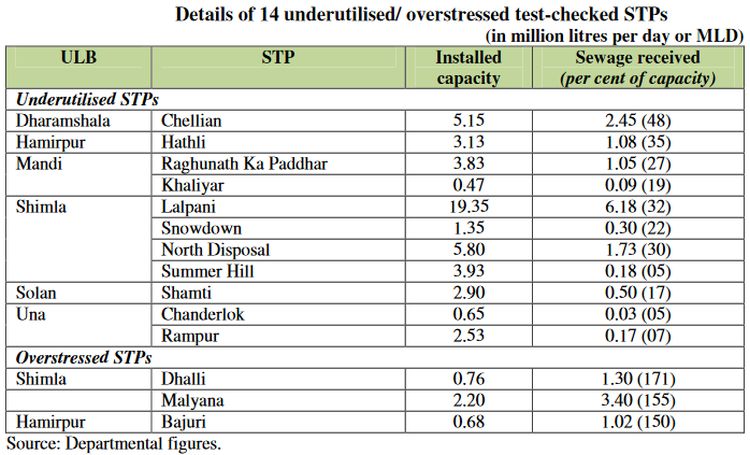
Excess sewage in the range of 50 to 71 per cent above-installed capacity was being received in three STPs of two ULBs adversely impacting the treatment capability of these STPs. Samples of treated effluent collected by HP State Pollution Control Board from these STPs during 2013-18 showed a high failure rate. CAG report advocated to immediately upgrade Dhalli, Shimla and Bajura Sewage treatment plant.
CAG in its report commented that the divisions concerned had not demonstrated urgency to address the issue of underutilized and overstressed STPs which was adversely impacting the sewage treatment process resulting in the quality parameters of treated effluent being below prescribed standards.


